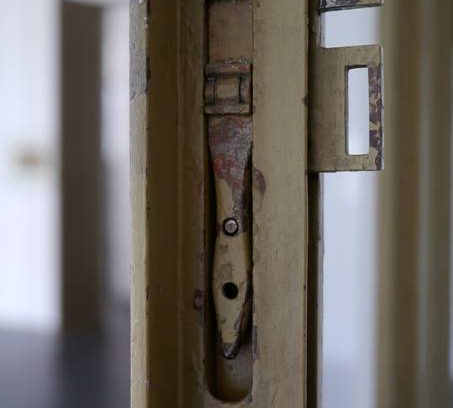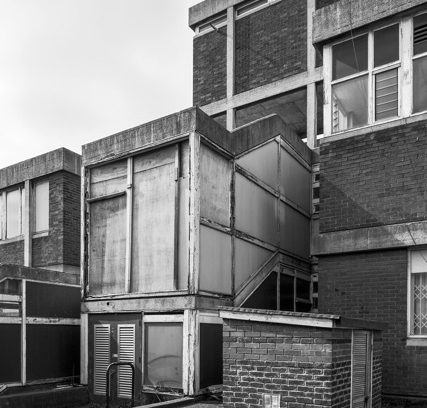This website uses cookies
This website uses cookies to enable it to function properly and to analyse how the website is used. Please click 'Close' to accept and continue using the website.




I was pleased to get the photos above this morning from David Heath—he’s member of C20 Casework Committee and also Chairman of SPAB. He tells me he’s just been to Vienna and was particularly struck by a visit to this house which the philosopher Wittgenstein designed for his sister (built between 1926-1928)– C20 went there too, on our tour to Vienna in 2010—and it is now open to the public. David notes that very little has been done to the house: “modern paint has been slapped on the interior and exterior walls, not entirely appropriately, but that is about it, and so, as a consequence, this is now an increasingly rare example of conservation by neglect in a modern building.”
As he points out “Visiting makes you realise how many important Modern Movement buildings have been seriously worked over in recent times.” New windows/stripped and perfected surfaces are all too often the rule but in contrast “this is a modern building that looks definitely old – you don’t get to say that very often.”
He’s right: for instance, last week I was at the celebratory evening at the RIBA on Mies’s Villa Tugendhat in Brno, where one of the speakers was Professor Vladimir Slapeta, from the University there. He pointed out that the only two elements of the original building that you can still survive and can actually be seen, are the onyx wall and the chrome finish of the columns—everywhere else there are at least brand new surfaces, if not totally new structure, and the building looks as if it was completed yesterday. That’s a pretty extreme example, and certainly at Tugendhat the analysis and recording of original elements has been exemplary, and the replication of original materials was extremely thorough (plus great lengths were taken to keep some of the original fabric that can’t be seen, as it’s covered over).
However, there is certainly a case for sometimes doing a less thorough job…as one would almost always do on a historic building of any earlier age. The information intrinsic to weathered materials and the importance of patina is certainly a big part of the message I want participants in my concrete conservation course at West Dean (http://www.westdean.org.uk/CollegeChannel/CPD/Conservation/Coursedetails/BCMCourseDetails2012/Conservationofconcrete.aspx) to go away with, and something that we want everyone renovating a C20 building to at least consider. I join with David in saying “Hooray for the patina of age”

Become a C20 member today and help save our modern design heritage.
Comments